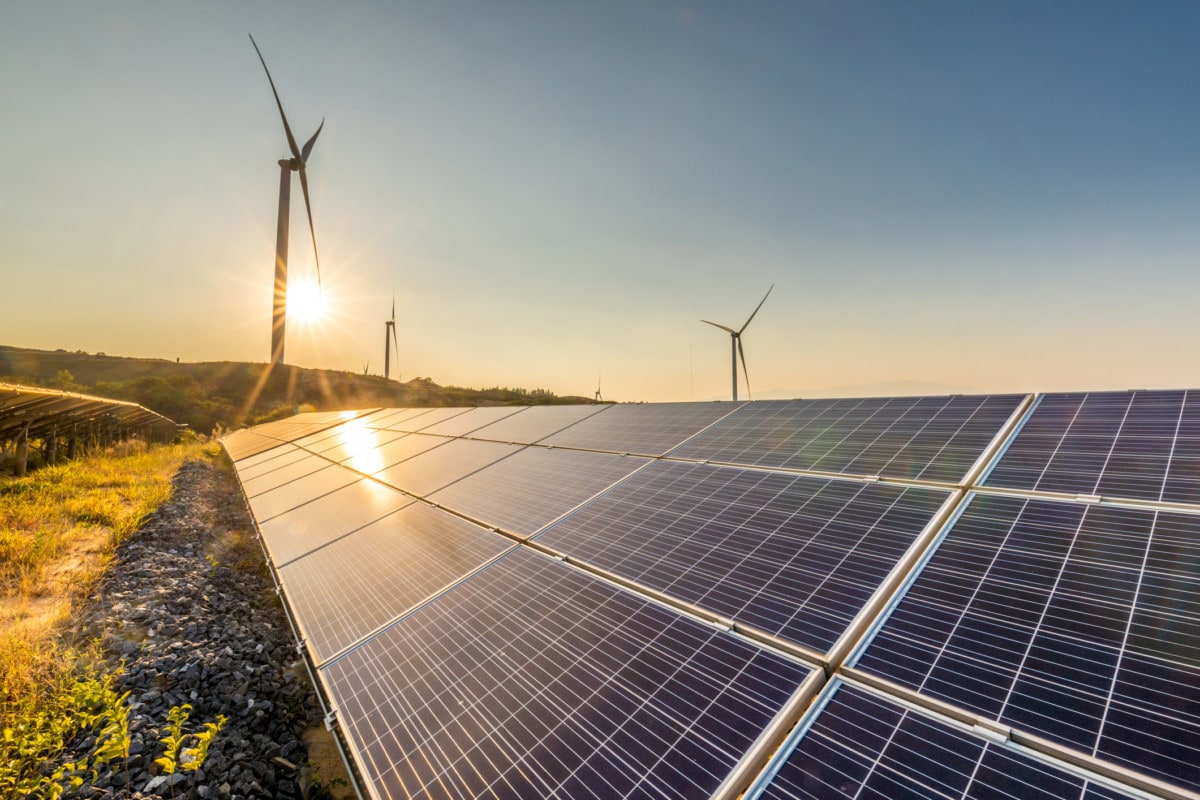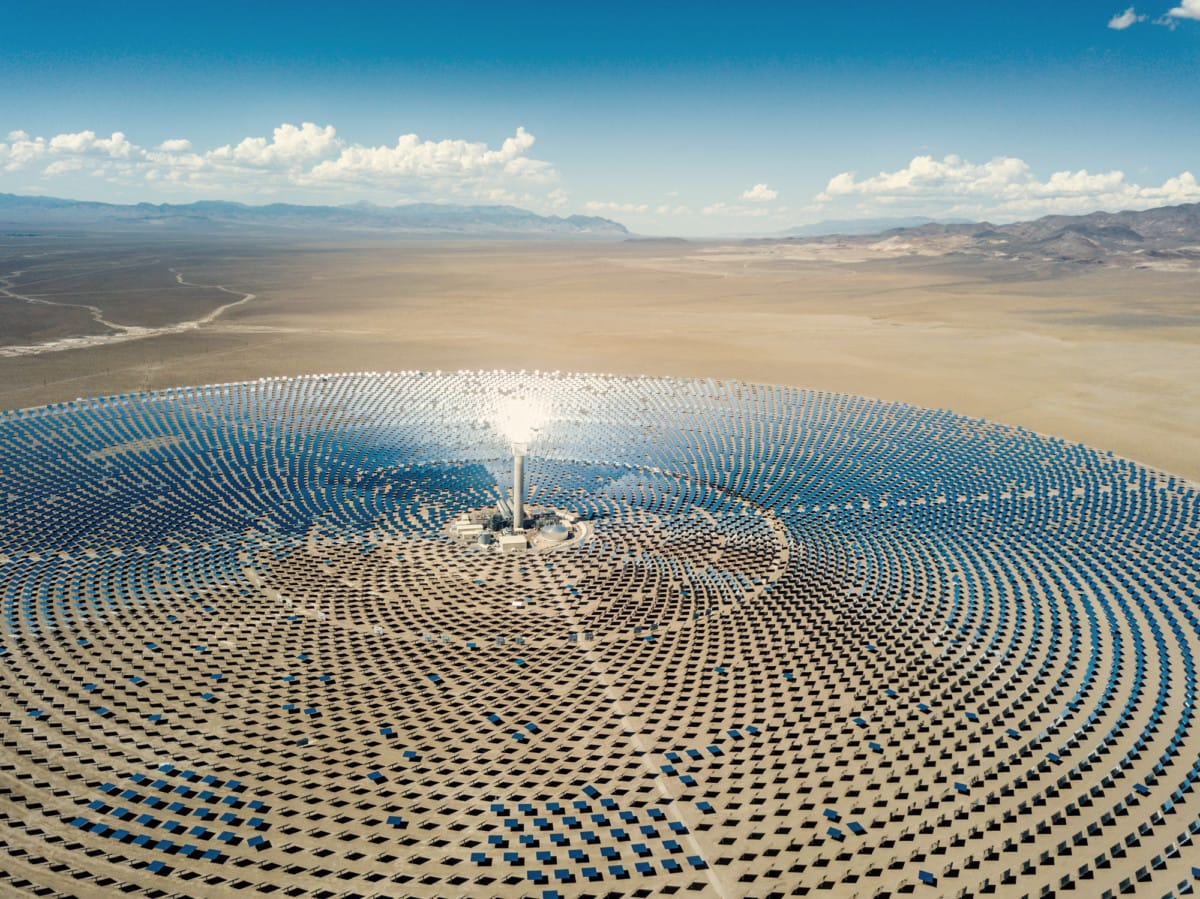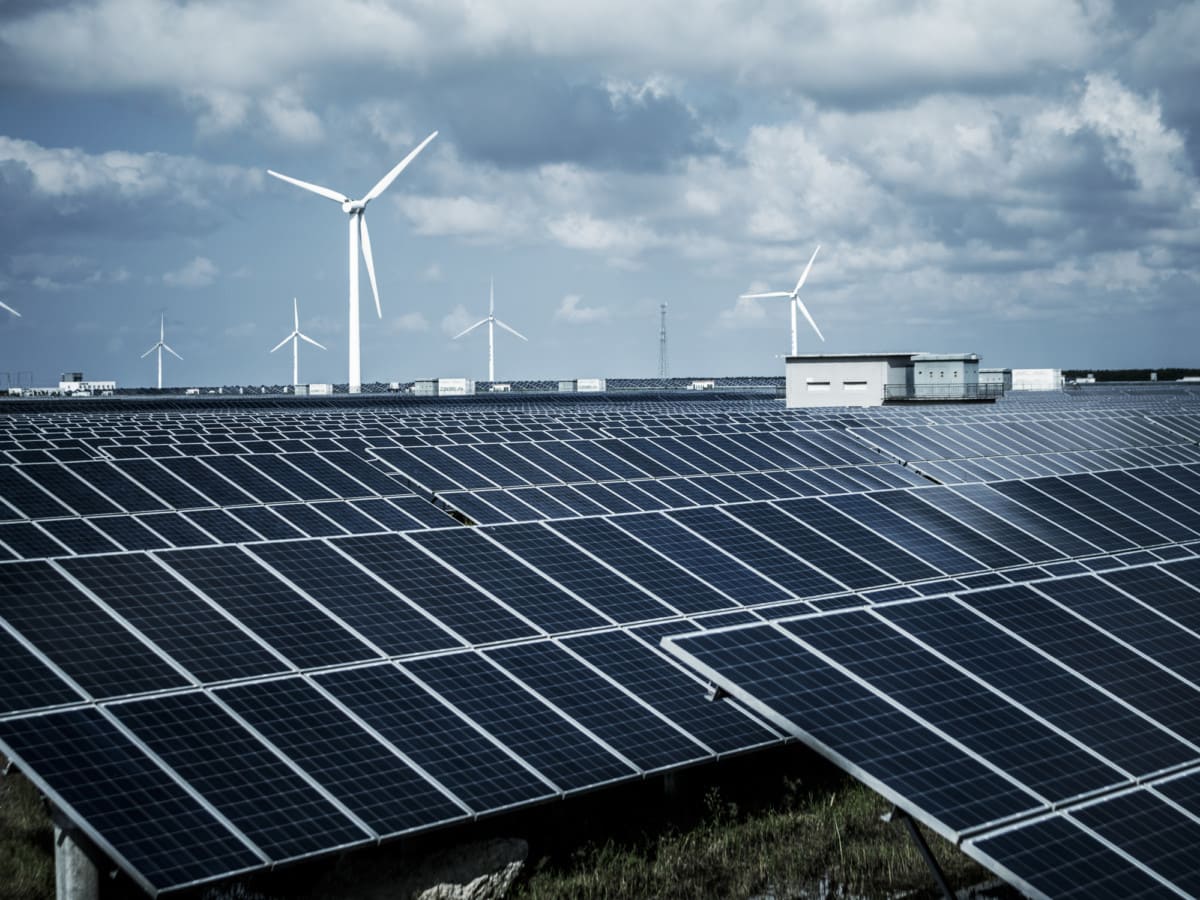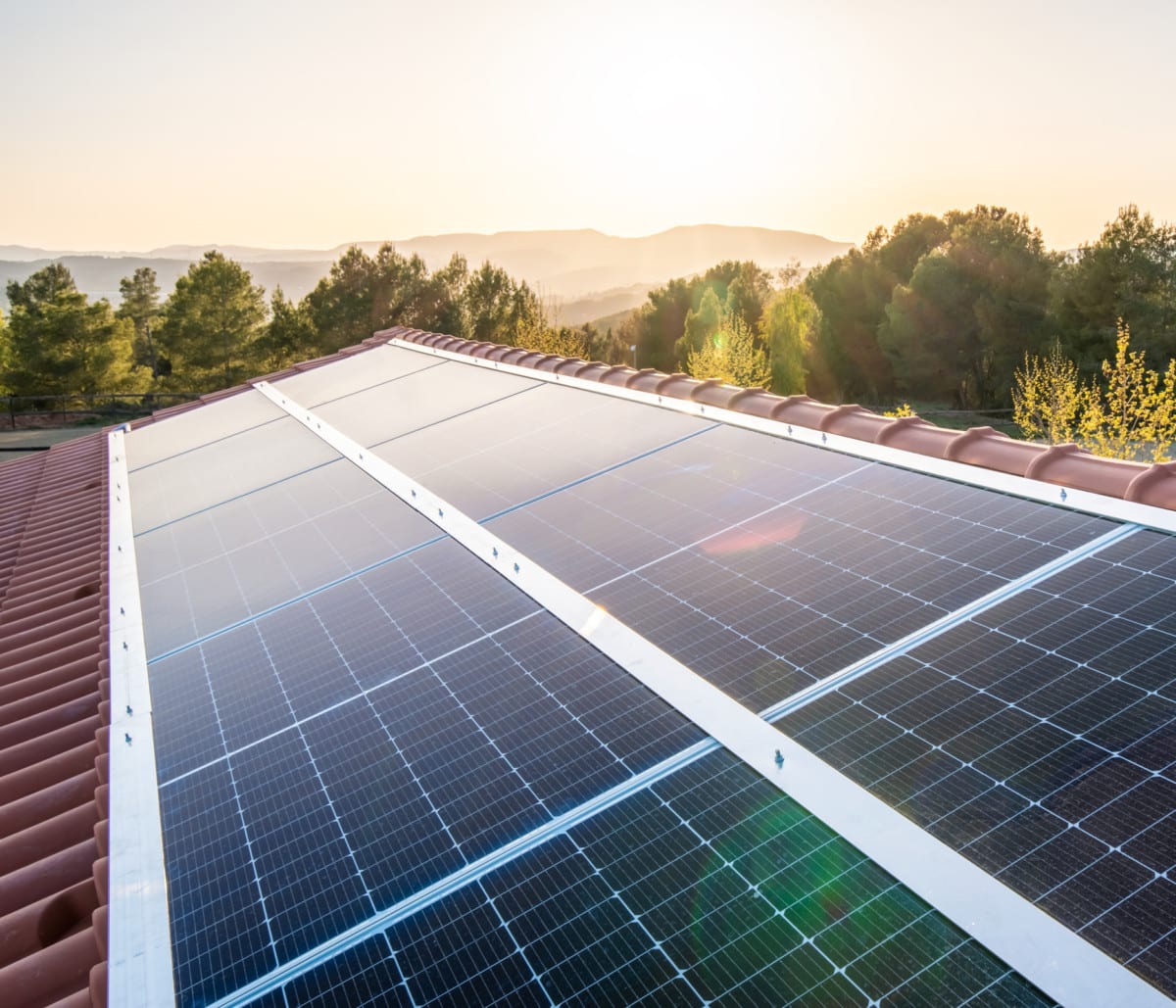Solar panels convert energy from the sun into usable electricity. Many governments also offer subsidies and tax breaks for people to install them on their properties, making them a popular choice for homeowners nationwide.
To get the most out of a solar panel system, it’s important for homeowners to understand how they work. So how do solar panels work? Whether you live in a rental in Boston, or a house in New Haven, CT, read on to learn about how solar panels work, different types of solar panels, and how to know if your solar panels need maintenance.

How do solar panels work?
Solar panels use photovoltaic (PV) technology to convert sunlight into energy. PV panels absorb sunlight using semiconductor materials — typically with silicon and a mix of phosphorus and boron. When photons (light) from the sun hit the silicon panel, they knock electrons loose from their atoms, creating an electrical current that flows through metal contacts in the panel. Solar inverters convert this energy from direct current (DC) to usable alternating current (AC) electricity.
A solar panel usually consists of between 36 and 144 PV cells, each producing about one or two watts of power. Most residential solar panels have 60-72 cells. These cells are strung together into panels. A residential solar system can rely on a single panel or multiple connected panels (an array.) Typically, homeowners connect one or more arrays to the electrical grid to power their house.
While solar panels are generally efficient, “it can vary depending on how much sunlight there is, the make and model of the solar panels, and which way they’re facing,” notes the team at Wunder-Mold.
What are solar panels made from?
Around 84% of solar panels in the US are made from crystalline silicon. However, other types of solar panels use alternative materials and new technologies. Here are the three most common:
- Thin-film solar panels: Thin-film solar panels are a type of solar panel that uses a thin layer of photovoltaic material, such as amorphous silicon, cadmium telluride, or copper indium gallium selenide, to convert sunlight into electricity. They are less expensive and 350 times smaller than traditional solar panels, but are less efficient.
- Organic solar panels: Organic solar panels, also known as “plastic solar panels” or “polymer solar panels,” use carbon-based materials and organic electronics instead of silicon to generate electricity from the sun. These panels are currently less efficient but can be used in a variety of mediums, including solar windows.
- Perovskite solar panels: Perovskite solar panels use a thin layer of perovskite material to convert sunlight into electricity. Their unique crystallographic structure makes them highly efficient at converting photons of light into usable electricity. They are efficient and low-cost, but tend to degrade when exposed to moisture or high temperatures.
Other solar electricity generation methods
There are three common technologies we use to harness solar energy: photovoltaics (PV), concentrating solar power (CSP), and solar heating and cooling (SHC) systems. PV panels are the most common for homeowners.

Renovating your home?
Find out what your home's worth, edit facts, and see the impact of home projects.
The solar production pipeline
Renovating your home?
Solar energy production doesn’t end with solar panels. The process involves integration and transmission across the country. There are three important steps: generation, conversion, and distribution. Energy storage is also essential to provide renewable electricity during periods of high use or bad weather.
- Generation: Generation involves solar panels and other technologies used by homeowners, businesses, governments, and nonprofits.
- Conversion: Solar power is generated as DC power. Inverters then convert this from DC electricity to AC, making it usable for homes, businesses, and the national grid.
- Distribution: The converted energy is used on-site or distributed through the national electrical grid. In a grid-tied solar system, excess energy produced by the solar panels can be fed back into the grid for others to use, earning credits for the solar panel owner. In an off-grid solar system, the energy produced by the solar panels is stored in batteries and used when needed, without needing a connection to the electrical grid.
Large-scale solar farms or other solar production systems often produce electricity for public use.
Do solar panels work on cloudy days?
Solar panels can still generate power during cloudy days. Because panels react to the visible light spectrum, they will work if there is enough light to see. Additionally, periodic rain can actually be beneficial for solar panels, as it cleans off dirt and debris that can lower their efficiency.
“If you have a new home, get the most out of your panels – even on cloudy days – by having a large, south-facing roof with a slope of between twenty and forty degrees,” says Ryan Poppe from Colorado Property Group.

How long do solar panels last?
Most solar panels last for 25-30 years. Solar panels don’t necessarily die after that period, but their efficiency often drops below their manufactured standards.
To keep your solar panels working better for longer, clean them regularly and have them serviced by a qualified professional.
How to tell if a solar panel is broken
Broken or faulty panels reduce your system’s output, costing you money. Here are nine ways to tell if your solar panel is broken:
- Decreased power output: If your solar panels are not producing as much energy as they used to, it could be a sign of a problem, such as faulty wiring or damaged cells.
- Cracks or physical damage: Cracks and scratches can reduce performance.
- Hot spots: Concentrated areas of heat on a panel can indicate a faulty or damaged cell, which can lead to reduced performance or failure.
- Discolored cells: Solar cells that appear in different colors or shades may not be functioning correctly.
- Electrical issues: If you experience issues with electrical connections, such as flickering lights or other electrical problems, it could be a sign of an issue with your solar panels or their wiring.
- Moisture damage: If your solar panels have been exposed to moisture or water damage, it can cause various issues, including electrical shorts and reduced performance.
- Burn marks: Any burn marks on your solar panels can indicate an electrical problem, which can be very dangerous and may lead to a fire.
- Inverter issues: Inverters are responsible for converting the DC power generated by your solar panels into usable AC power. Problems with the inverter can lead to reduced energy production.
- Faulty monitoring system: If your solar panel monitoring system is not working correctly, you may not be able to identify issues or monitor your energy production, which can lead to problems going unnoticed.
If you notice any of these signs, call a qualified solar professional. Don’t attempt to repair your panels on your own. It could lead to electrical shock or other injuries.
How to clean solar panels
Cleaning your solar panels is essential to keep them working optimally. Dust and debris can block sunlight from reaching certain parts of a panel, which reduces its efficiency. Bird droppings, dust, and leaves are the most common types of debris that interfere with a panel’s performance.
To clean your solar panels, use a scrub brush to apply mild soapy water across the surface, moving from one panel to the next until they are free from clutter and debris. Never use a strong chemical product, even for tough stains, as they can leave a mark or streak on your panels, permanently damaging them.
Homeowners in dusty desert climates, including popular migration hotspots like Las Vegas and Phoenix, should clean their solar panels every six months. Additionally, if you have solar panels on a flat roof, watch for pooling water after a rainstorm.
Cleaning solar panels can be extremely dangerous. Take maximum precaution and hire qualified professionals if you are unsure or unfamiliar with the process.

Looking to save money on your mortgage?
Do solar panels save you money?
Solar panels save you money over time. The standard amount of time it takes for solar panels to pay for themselves is between six and ten years, although this varies widely. While solar installation can be expensive (up to $40,000 for large projects), utility savings, tax breaks, and government subsidies help offset the cost.
Keep your solar panels in top condition and choose the correct number of solar panels for your home to get the biggest savings.
Redfin does not provide financial or environmental advice. Individual energy needs, use, and capabilities may vary. Always consult a professional and take your individual circumstances into account before installing solar panels.



























 United States
United States Canada
Canada